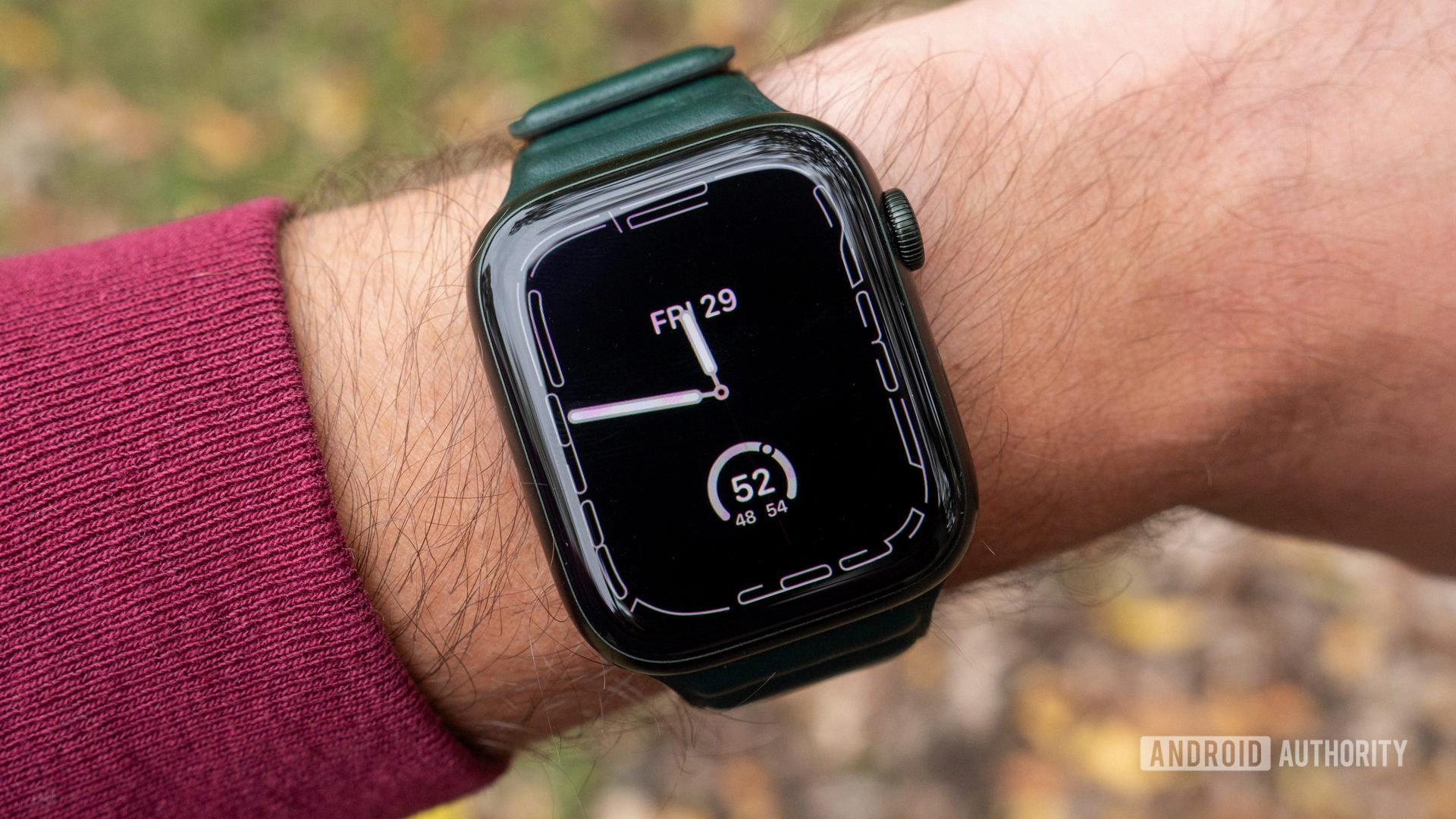Upgrading your Android device from Nougat 7.0 to Oreo 8.0 is a simple and straightforward process that can enhance your overall user experience. With the latest Android version, you can enjoy new features, improved performance, and enhanced security measures. In this article, we will guide you through the steps to upgrade your Android device via OTA (Over-The-Air) update.
Before you proceed with the upgrade, it is crucial to back up your personal data and important files to ensure that you don’t lose any valuable information during the process. This step is essential as the upgrade might erase your data. Once you have backed up your data, you can follow the steps below to upgrade your device to Android Oreo 8.0.
Step 1: Check for Android 8.0 OTA Update Availability
First, you need to check if your device is eligible for the Android 8.0 upgrade. Not all devices support this update, so it is essential to verify its availability. To check for updates, go to your device’s settings and navigate to the “Software Update” or “System Update” section. From there, select the “Check for Updates” option. If an update is available, proceed to the next step.
Step 2: Download and Install the Android 8.0 Update
Once you have confirmed the availability of the Android 8.0 update, you can proceed to download and install it. Make sure your device is connected to a stable Wi-Fi network and has sufficient battery power. The download size can vary, so ensure you have enough storage space available.
In the “Software Update” or “System Update” section, select the “Download and Install” option. The update will start downloading, and once it is complete, your device will prompt you to install it. Follow the on-screen instructions to install the update. Your device may reboot multiple times during the installation process.
Step 3: Enjoy Android Oreo 8.0
After the installation is complete, your device will run on Android Oreo 8.0. Take a moment to explore the new features and improvements introduced in this version. Android Oreo offers a range of enhancements, including improved battery life, picture-in-picture mode, notification channels, autofill, and more.
Keep in mind that the actual user interface and features may vary slightly depending on your device manufacturer’s customization and any additional software or apps installed.
It is worth mentioning that Google provides support for Android Oreo 8.0; however, the level of support may differ depending on the device manufacturer and your carrier. It is always a good idea to keep your device up to date with the latest Android version to ensure optimal performance and security.
Upgrading your Android device from Nougat 7.0 to Oreo 8.0 can bring numerous benefits and enhancements to your smartphone or tablet. By following the steps mentioned above, you can easily upgrade your device via OTA update and enjoy the latest features and improvements offered by Android Oreo. Remember to back up your data before proceeding with the update to avoid any potential data loss.
Can I Upgrade My Android Version 7 To 8?
It is possible to upgrade your Android version 7.0 (Nougat) to version 8.0 (Oreo) through an Over-The-Air (OTA) update. However, please note that not all devices are eligible for this upgrade. To check if your device is eligible for the Android 8.0 upgrade, follow these steps:
1. Go to the “Settings” menu on your Android device.
2. Scroll down and tap on “About phone” or “About device.”
3. Look for the “Software update” or “System updates” option and tap on it.
4. Your device will check for any available updates. If an Android 8.0 update is available, it will be displayed.
5. If an update is available, tap on “Download” or “Install” to start the upgrade process.
Before proceeding with the OTA Android 8.0 update, it is crucial to backup your personal data or important files. This will ensure that your data is not lost during the update process. You can backup your data by using cloud storage services, such as Google Drive, or by transferring your files to a computer.
It is worth mentioning that the OTA update process may take some time, depending on your device and internet connection. Ensure that your device has enough battery charge or is connected to a power source during the update to avoid any interruptions.
Once the update is complete, your device will be running on Android 8.0 (Oreo), and you can enjoy the new features and improvements that come with this version.
Please note that the availability of the Android 8.0 update may vary depending on the device manufacturer and carrier. In some cases, certain devices may not receive the update due to hardware limitations or other factors determined by the manufacturer.
If your device does not have the OTA Android 8.0 update available, it is advisable to contact the device manufacturer or your carrier for more information on future updates for your specific device model.

Is Android 7 Obsolete?
Android 7.0 Nougat is not necessarily considered obsolete, but it is no longer supported by Google. This means that Google will no longer release updates or security patches for devices running this version of the Android operating system. While it may still function on older devices, it is recommended to update to a newer version of Android for better performance, security, and access to the latest features.
Here are some points to consider regarding the obsolescence of Android 7.0 Nougat:
1. Lack of support: As mentioned, Google no longer supports Android 7.0 Nougat, which means that users will not receive any official updates or security patches. This could potentially leave devices running this version vulnerable to security threats and bugs.
2. Compatibility with apps: Over time, app developers may stop supporting older versions of Android, including Nougat. This means that some of the latest apps and features may not be available or may not work properly on devices running Android 7.0.
3. Lack of new features: Newer versions of Android, such as Android 8.0 Oreo and beyond, introduce new features and improvements that enhance user experience and device performance. By sticking with Android 7.0, users will miss out on these advancements.
4. Limited hardware support: As technology advances, newer versions of Android are optimized to work more efficiently with the latest hardware components. Android 7.0 may not be fully compatible or take advantage of the capabilities offered by newer devices, resulting in potential performance limitations.
It is important to note that device manufacturers may still provide their own updates and support for Android 7.0 Nougat on their specific devices. However, for a more secure and feature-rich experience, it is generally recommended to upgrade to a newer version of Android if possible.
How Do I Force An Android Update?
To force an Android update, you can follow these steps:
1. Go to the Settings on your Android device. You can usually find this by swiping down from the top of the screen and tapping the gear icon, or by locating the Settings app in your app drawer.
2. In the Settings menu, scroll down and look for an option called “Software update” or “System updates”. The exact wording may vary depending on your device and Android version.
3. Tap on the “Software update” or “System updates” option. This will open a new menu where you can check for available updates.
4. In the Software update menu, you should see an option to “Download and install” or “Check for updates”. Tap on this option to initiate the update process.
5. Your device will now check for any available updates. If an update is found, you will be prompted to download and install it. Follow the on-screen instructions to proceed.
6. Keep in mind that forcing an update does not guarantee that a new update will be available for your device. Manufacturers and carriers release updates at different times, and some devices may not receive updates beyond a certain version of Android.
Alternatively, you can also force an Android update by reinstalling the Android operating system using a computer. This method is more advanced and requires some technical knowledge. You can find instructions specific to your device model and Android version by searching online.
Another option is to root your Android device, which gives you deeper access and control over the system. Rooting allows you to install custom ROMs that may include newer versions of Android. However, rooting can void your device’s warranty and may cause stability or security issues if not done correctly.
The easiest and safest way to force an Android update is to go to the Settings menu and check for updates. If an update is available, follow the prompts to download and install it.
Is Android 8.0 Still Usable?
Android 8.0, also known as Android Oreo, is still usable, but there are a few factors to consider.
1. System Requirements: Android 8.0 has certain system requirements that need to be met for optimal performance. It is recommended to have at least 2GB of RAM and a processor with a clock speed of 1.5 GHz or higher. If your device meets these requirements, Android 8.0 should work smoothly.
2. Security Updates: Google provides regular security updates for Android versions, including Android 8.0. However, the level of support may vary depending on the device manufacturer and the carrier. Some manufacturers and carriers may release updates less frequently or stop providing updates altogether after a certain period of time. It is important to check with your device manufacturer or carrier to see if they still support Android 8.0 with security updates.
3. App Compatibility: As newer versions of Android are released, app developers may focus more on optimizing their apps for the latest versions. This could potentially result in some apps being less compatible or not fully optimized for Android 8.0. However, most popular apps should still work fine on Android 8.0, but you may experience occasional compatibility issues with less popular or niche apps.
4. Features and Functionality: Android 8.0 introduced several new features and improvements over previous versions. While these features may not be as up-to-date as the latest Android versions, they should still be usable and provide a satisfactory user experience. However, newer Android versions may offer additional features and improvements that are not available in Android 8.0.
Android 8.0 is still usable, but it may not receive the same level of support and updates as the latest Android versions. It is important to keep in mind the system requirements, security updates, app compatibility, and potential limitations in features and functionality when deciding whether to continue using Android 8.0.
Conclusion
Upgrading your Android device from version 7.0 Nougat to version 8.0 Oreo can bring a range of benefits. However, it is important to note that the availability of the Android 8.0 upgrade may vary depending on your device and carrier.
By upgrading to Android 8.0 Oreo, you can enjoy new features and improvements such as split-screen functionality, enhanced notification management, improved battery life, and a more streamlined user interface. These updates can improve your overall user experience and make your device more efficient and user-friendly.
It is crucial to backup your personal data or important files before starting the OTA Android 8.0 update to avoid any loss of data during the process. Additionally, it is worth mentioning that Google no longer supports Android 7.0 Nougat, so upgrading to a more recent version can ensure that you have access to the latest security patches and updates.
To initiate the Android 8.0 update, you can go to Settings > Software update > Download and install. However, if the update is not available through OTA, you may need to consider alternative methods such as reinstalling Android OS using a PC or rooting your Android device for deeper customizations.
Upgrading your Android device from 7.0 Nougat to 8.0 Oreo can provide you with a range of new features, enhanced performance, and improved security. It is always recommended to stay up to date with the latest Android version to ensure the best possible experience on your device.







